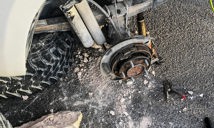Unofficially, November is both tire pressure monitoring system (TPMS) season and lug nut retorque season in Canada, as millions of motorists make seasonal tire and wheel changes ahead of the coming winter.
This means it’s also the season to avoid two mistakes that can turn your car into a ticking time bomb if you’re not careful to follow rules and directions when it’s time for your winter tire changeover.
Let’s start with your car’s TPMS, which uses special sensors to monitor tire pressure in real time. By doing so, drivers can be alerted of possible hazards related to an improperly inflated tire or a sudden loss of pressure that’s the result of a puncture or blowout.
Most TPMS-equipped cars come with a digital display that indicates the air pressure in each tire. Though a TPMS system is no substitute for regular tire pressure checks with a tire pressure gauge, this electronic system can make it easy for drivers to notice fluctuations and problems with inflation levels, which become more common in shoulder seasons like late fall and early spring when temperatures fluctuate wildly.
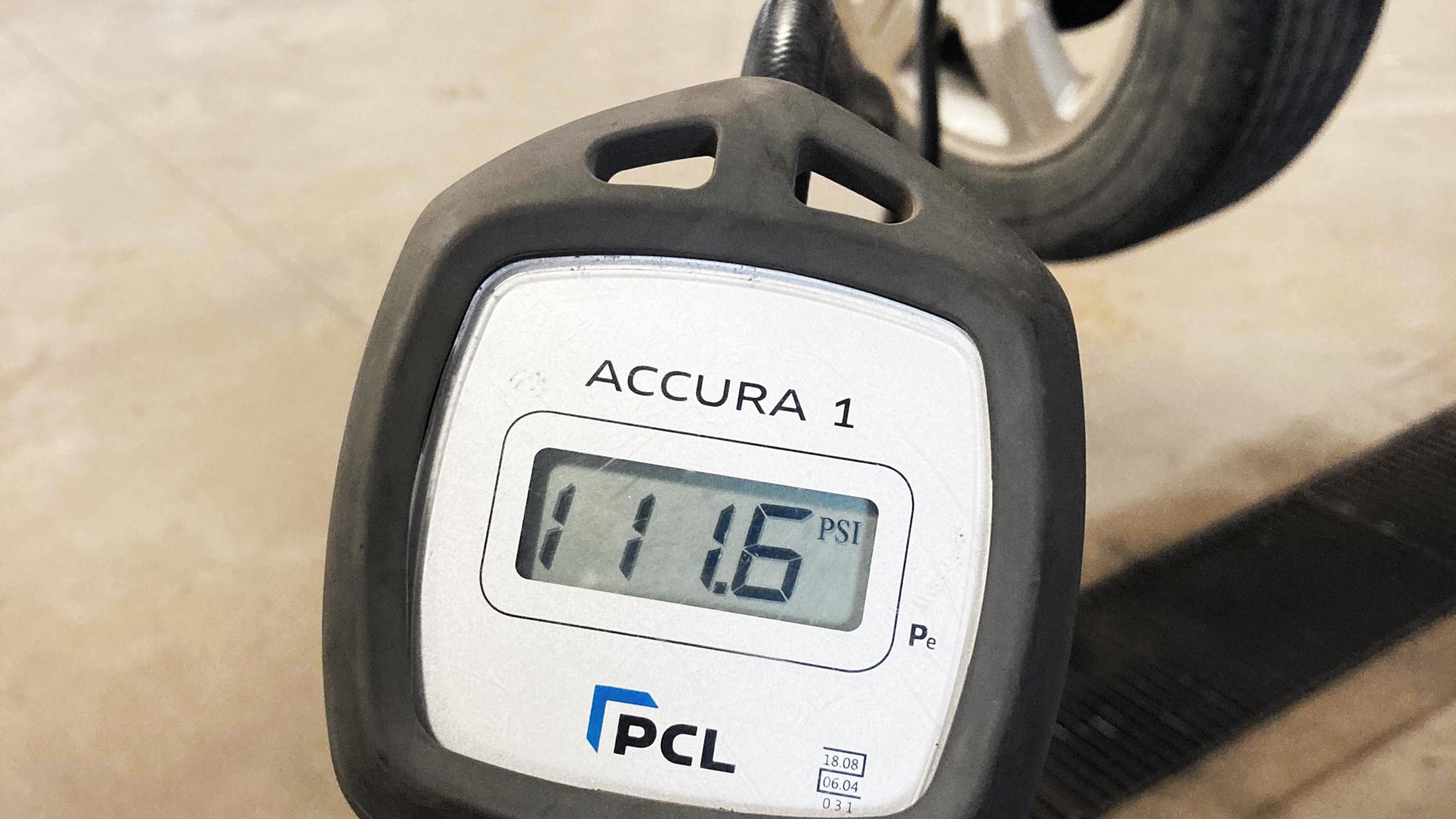
After all, properly inflated tires are key to fuel efficiency, handling and performance, and the longevity of your tires themselves. Having properly inflated tires at all times literally puts money back in your pocket, which is why you’re supposed to manually check your tire pressures regularly. It’s also why some automakers install features that use the TPMS to automatically alert drivers via flashing lights or a horn honk once they’ve achieved proper inflation pressure.
It’s actually very easy to keep your tires inflated to proper levels, provided you know what you’re doing, but unfortunately, that wasn’t the case for whoever inflated the tires on the vehicle featured in this reddit post from the popular subreddit “JustRolledIntotheShop.”
Though tire pressures may fluctuate when a vehicle is in motion, they generally need to be inflated to between 32 and 35 psi when measured cold. In the case of this post, a new tire shop employee mistook the numbers on the customer’s TPMS readout as a percentage, not a pressure in psi.
“Employee told me he couldn’t get all the tires to 100 per cent,” said the poster, sharing a photo of all four tires inflated to nearly 100 psi, or about three times the recommended pressure. In human terms, this is like eating three people’s worth of all-you-can-eat sushi in a single sitting: Damage is highly likely. In the case of tires, this amount of overfilling is sufficient to permanently damage or ruin all of the tires.
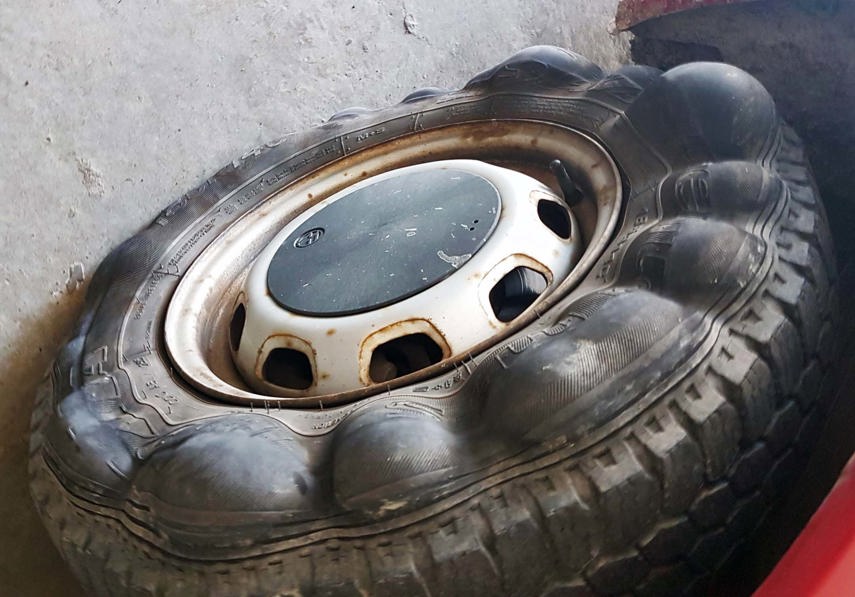
With about three times the recommended inflation pressure crammed in, each of this vehicle’s tires is a ticking time bomb.
“Does your shop have a bomb defusal robot, by chance?” asked one commenter.
Not only could these swollen tires explode in close proximity to the tire shop tech overinflating them and cause injury, they could also fail at any moment if the mistake hadn’t been caught and the customer were to drive the vehicle.
Running three times the air pressure recommended for your tires is bad news for all sorts of reasons, ranging from the increased likelihood of injury to tire shop staff, and the increased likelihood of a blowout on the road, which could result in a loss of control or a collision. You’ll need a new set of tires, too.
Remember, your car’s TPMS gauge shows tire pressures, not a percentage of their ideal air pressure. Keep this in mind when inflating your tires to prevent serious injury. Double-check by using a tire pressure gauge, just to be safe.
If you manage to accidentally triple the recommended inflation pressure of one or more tires, treat the tire(s) as a live hand grenade, and stay away. Seek professional help and do not try to deflate or otherwise handle the tire yourself.
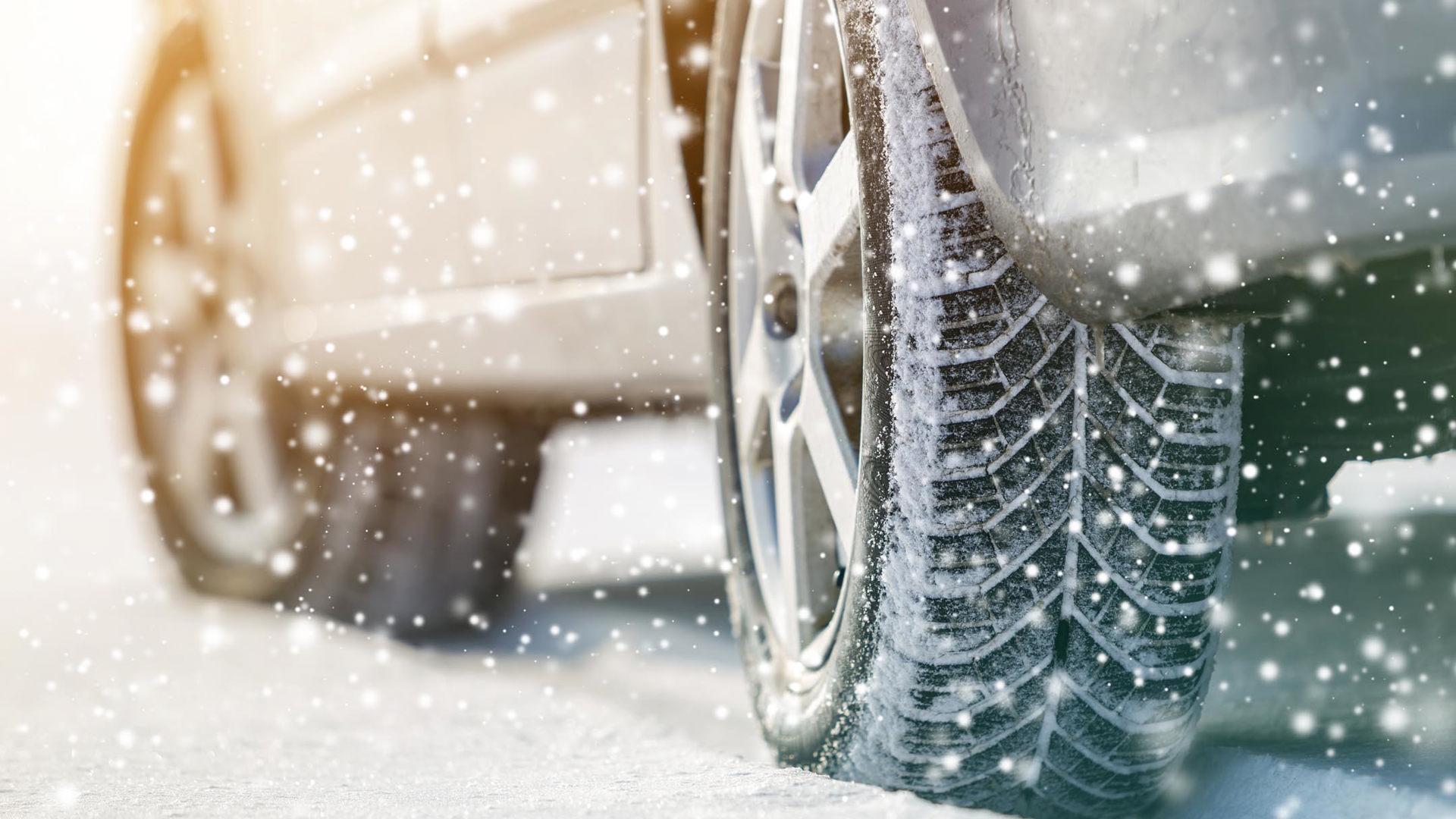
With tire change season in full effect, there’s an additional caution that can prevent a whole lot of damage.
Enter the retorque. After a seasonal wheel and tire change, it’s important to retorque your lug nuts after a day or two of driving to ensure your wheels are securely fastened to your vehicle. Some drivers don’t believe in the retorque or choose to ignore it because it takes some time and you have to go somewhere to get it done.
Skip this important step, and you could experience dramatic vibrations, collateral damage to wheel hubs and wheel studs, a loss of control, or even a complete loss of a wheel from your car. If your wheel manages to become separated from your vehicle, you’ll immediately lose control, likely crash, and could injure or kill another nearby motorist or pedestrian.
Thankfully, your friendly neighbourhood tire shop or service centre can retorque lug nuts in about two minutes, defusing this potential ticking time bomb of a situation.
By the way, here’s what can happen if you fail to take this important step. This photo shows another example of the ticking time bomb: wheel studs machined by the vehicle’s rim, caused by a failure to re-torque those lug nuts. Weakened wheel studs are dangerous and may fail outright, shearing off and taking your wheel with it.
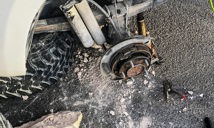
Lesson learned? Avoid turning your car’s wheels and tires into a ticking time bomb by familiarizing yourself with the proper operation of its TPMS system and by taking the retorque requirement seriously. It could save your life.
